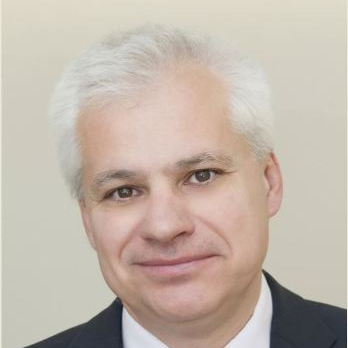Physical Properties and Biocompatibility of Restorative Dental Materials
A special issue of Materials (ISSN 1996-1944). This special issue belongs to the section "Biomaterials".
Deadline for manuscript submissions: closed (10 January 2023) | Viewed by 13571
Special Issue Editor
Interests: dental materials; biomimetic materials; glass ionomer cements; adhesion; bio-mimetic procedures
Special Issues, Collections and Topics in MDPI journals
Special Issue Information
Dear Colleagues,
Recent developments in the field of restorative dental materials represent the continuous search for an ideal restorative material which possesses several functions: mechanical, physical, biomimetic, and aesthetic. The aim of this Special Issue of Materials entitled “Physical Properties and Biocompatibility of Restorative Dental Materials” focuses on the integration of all these functions at both laboratory and clinical levels.
Regarding the clinical success of restoration, it is of the utmost importance that the physical properties of restorative dental materials closely emulate natural tooth properties. Today’s restorative dental materials should not only be biocompatible, but also bioactive and biomimetic and of course highly aesthetic. Recent studies showed that the biocompatibility of composite materials is an important issue. Monomer systems, filler technology, and adhesion on different surfaces are important topics for the improvement of different types of materials. How to make glass ionomer cements (GICs) better in terms of physical (flexural strength, compressive strength, fluoride release) and aesthetic properties in order to be more clinically accepted is also an important issue. Different types of restorative materials should be further evaluated, aiming at finding the best combination of physical, biomimetic, and aesthetic properties. Clinical studies are mandatory in order to prove laboratory-designed properties. I am therefore pleased to invite you to submit new studies on different aspects of physical, biomimetic properties, and clinical management of restorative dental materials.
Prof. Domagoj Glavina
Guest Editor
Manuscript Submission Information
Manuscripts should be submitted online at www.mdpi.com by registering and logging in to this website. Once you are registered, click here to go to the submission form. Manuscripts can be submitted until the deadline. All submissions that pass pre-check are peer-reviewed. Accepted papers will be published continuously in the journal (as soon as accepted) and will be listed together on the special issue website. Research articles, review articles as well as short communications are invited. For planned papers, a title and short abstract (about 100 words) can be sent to the Editorial Office for announcement on this website.
Submitted manuscripts should not have been published previously, nor be under consideration for publication elsewhere (except conference proceedings papers). All manuscripts are thoroughly refereed through a single-blind peer-review process. A guide for authors and other relevant information for submission of manuscripts is available on the Instructions for Authors page. Materials is an international peer-reviewed open access semimonthly journal published by MDPI.
Please visit the Instructions for Authors page before submitting a manuscript. The Article Processing Charge (APC) for publication in this open access journal is 2600 CHF (Swiss Francs). Submitted papers should be well formatted and use good English. Authors may use MDPI's English editing service prior to publication or during author revisions.
Keywords
- composites
- glass ionomer cements
- ceramic materials
- adhesion
- mechanical properties
- flexural strength
- thermo-curing
- surface roughness






